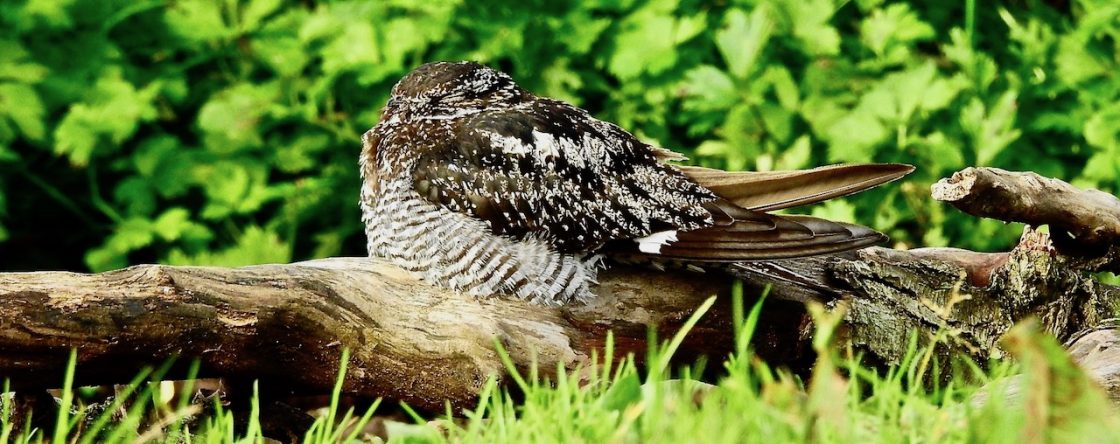Many thanks for Dave Craven for waking me up this afternoon (see comments on previous blog entry) – no doubt about it, by the time I got up to Crossens Outer I was way too complacent in my treatment of this “funny” falcon out amongst the Pinks.
Yes it was a very, very long way away, but as Dave rightly suggests, “calidus” Peregrine might have rang bells in my head, rather than me dismissing this bird as yet another weirdy hybrid.
Anyway, here’s the very bad blow-ups of the bird I managed to digiscope this afternoon.
Apologies for the poor quality, these are the only images I managed, via a hand-held Lumix against my battered old Nikon ‘scope.
The head pattern isn’t that far off that of Arctic Peregrine or “calidus“, but the bird didn’t seem particularly big, and it’s underpants weren’t as pale as I would have expected.
Supercilium is obvious though.
However it certainly didn’t strike me as long-winged or long-tailed compared to normal Peregrines, but then it wasn’t more rakish or browner like a Lanner is in flight either.
Structure/size was like a male Peregrine.
Not far off, but not bang on either, although those long black moustaches are interesting.
In fact, my first “blow-up” shows a rustier set of underparts, closer to “tundrius“, the Yankee arctic Peregrine race.
It doesn’t seem to fit with a falconry hybrid, that’s for sure.
Who knows?
This bird is a valuable lesson in the importance of keeping your radar switched on…I won’t be dismissing falcons as hybrids on the strength of pale heads again, that’s for sure!
I’d love to know what other people think about this falcon (that’s what the Birdblog is for after all, if folk ain’t using the comments thingy, then I’m clearly not writing it right) and while the opportunity for me to nail it has passed, perhaps someone else may catch up with this bird at the marsh tomorrow and get a better view?
Good luck if you do…please let me know if you see it.
Many thanks to Dave Craven for getting me thinking, and of course to the source material of Martin Garner‘s “Challenge” series, and the great man’s amazing ability to never stop querying or questioning in the field.
I couldn’t say I had the privilege to know Martin well, but I did meet him a few times, and he was always encouraging whenever I had a daft query about races/sub-species – he’d be giggling now.
Lesson learnt guys.




Hi John. A very interesting looking bird indeed. Pic 1 makes it look especially good. Fingers crossed you get a 2nd chance with it….maybe I’ll even drag myself up from deepest darkest south Liverpool for it 🙂 Cheers. Dave
LikeLike
Thanks Dave – too rich a colour underneath for “calidus” I think? Head is odd though, like a giant young Red Foot!
LikeLike
I would agree it may be a better fit for tundra out of the two ‘Arctics’, although I have little field experience of either. Crown maybe isn’t as pale as I would expect in them though? Maybe a hybrid type after all? A nice bird to get the brain going though.
LikeLiked by 1 person
Indeed Dave – my pics are not great (as usual), and while the forehead is paler, it should be “Saker blonde” (to quote MG) for “calidus”. Hopefully someone will get a better view…
LikeLike
John, think Colin Davies had a similar bird around the Ribble last November. Maybe just a coincidence.
Cheers Neil Gordon
LikeLiked by 1 person
Thanks Neil – will look into that…
LikeLike
Thanks for the heads up Neil. Managed to find Colin’s blog about his bird:
http://birdingsthelens.blogspot.co.uk/2015/11/a-walk-along-ribble.html?m=1
Same bird??
LikeLike
Certainly looks a similar bird, if a bit darker. Interesting.
LikeLike
Pale morph peregrinus
LikeLiked by 1 person
Bit dark underneath Tony?
LikeLike
I can’t seem to find a post I came across earlier this week about a Lanner/Peregrine falconers bird that had slipped it’s jesses from somewhere in mid Lancs area (was it Preston?). I dismissed it at the time…
LikeLiked by 1 person
Ya gotta love falcons and falconers…. thanks Duncan.
LikeLike
It does look very like the bird I saw (on the north Ribble). The link to my photographs are here http://birdingsthelens.blogspot.co.uk/2015/11/a-walk-along-ribble.html.
Amazingly I’d already seen another earlier in the year in Lincolnshire near Donna Nook. The photos for this bird are here http://birdingsthelens.blogspot.co.uk/2015/03/northern-peregrine-lincolnshire.html.
I emailed both sets of photographs to Dick Forsman and he confirmed that in his opinion they were both calidus type peregrines. I didn’t put his response to the Ribble bird on my blog, but he said “This is a juvenile “Arctic” Peregrine in a most typical plumage. Note the uniform underwing and the broad barring of the flanks, which both differ from juv Lanner.”
His response to the Lincolnshire bird is worth the read and is on the blog at the link above.
In both cases the bird was huge, as you will see especially on the photos of the Lincolnshire bird.
It’s worth investigating further if you can, because last month I was contacted by Nigel Hudson from BBRC asking me to submit the records, because the Linocolnshire bird is potentially a 1st for Britain! Arctic peregrine has never been accepted as occuring in Britain. In reality I suspect it’s just overlooked or dismissed as a hybrid etc.
LikeLiked by 1 person
Many thanks Colin – hopefully I’ll encounter the bird again and get more on it.
LikeLike
Gotta love this blog…
LikeLiked by 1 person